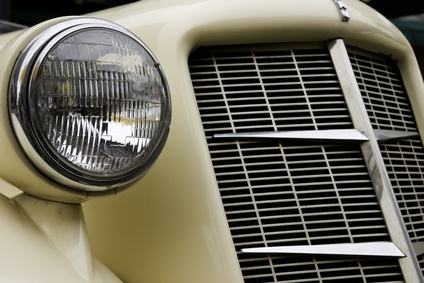
Automotive headlight relays plug directly into a relay socket that comes with wires already attached. If necessary, you can splice and extend the wires to reach the correct connection points. But you need to have enough mechanical and electrical skill to find your vehicle's connections points and make basic electrical connections without specific instructions. You need to wire power to the coil of the relay and run wires from your car's fuse panel or power distribution point to the relay and then to the headlights. Refer to The12Volt.com for a diagram of a headlight relay.
Run a wire from your battery distribution point to one side of the relay coil. Your vehicle should have a fuse marked "Lights." You can use this as the voltage source for both the relay coil and the lights themselves.
Make an additional connection from this wire to the "C" (common) terminal of the relay. Refer to the diagram at The12Volt.com for details.
Run a wire from the other side of the relay coil to one of the two contacts on the headlight switch for your vehicle. Check the switch to make sure the other side is connected to the vehicle's chassis ground.
Connect the "NO" (normally open) contact of the relay to one side of one of the headlight sockets. Then run another wire from this point to one side of the other headlight socket. This completes the wiring of the relay, but you need to check that the other sides of the headlight sockets are wired to the vehicle's chassis ground. If not, run these wires.